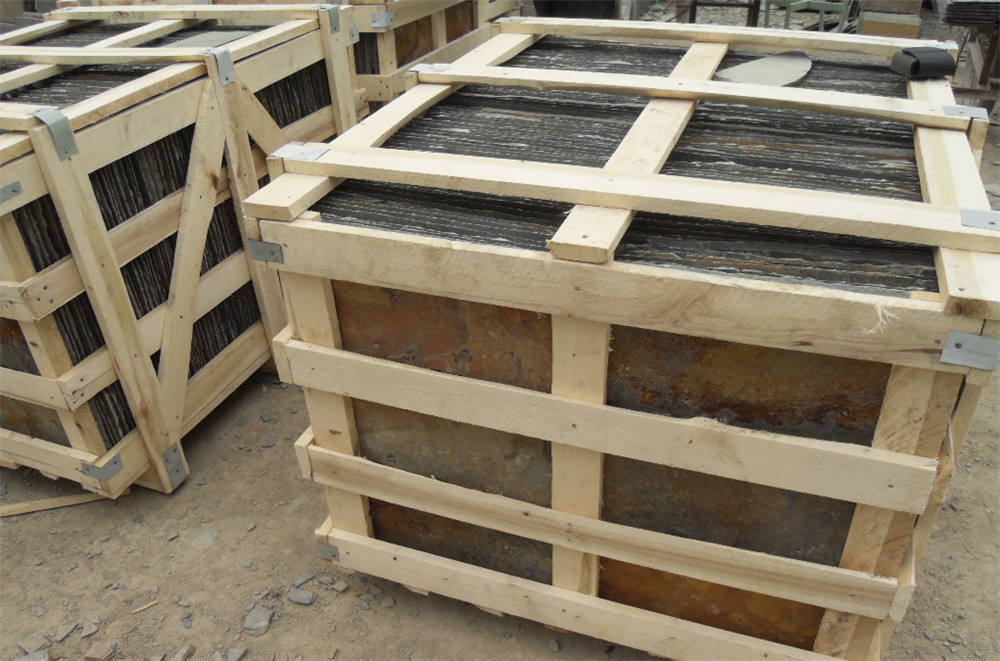Introduction
In a world where environmental sustainability is becoming increasingly important, the construction industry is seeking alternatives to traditional building materials that are more eco-friendly. Cultured stone, also known as manufactured stone, is emerging as a popular choice for builders and architects looking to reduce their environmental impact. This article explores the benefits of eco-friendly cultured stone and its role in shaping a more sustainable future for construction.
What is Cultured Stone?
Cultured stone is a man-made product designed to replicate the look and feel of natural stone. It is typically made from a mixture of cement, aggregates, and iron oxide pigments that are poured into molds and then cured to create stone-like blocks or panels. Cultured stone can be used for a variety of applications, including exterior cladding, interior walls, fireplaces, and landscaping features.
Benefits of Eco-Friendly Cultured Stone
1. Sustainable Sourcing
One of the key benefits of eco-friendly cultured stone is its sustainable sourcing. Unlike natural stone, which is quarried from the earth and can deplete valuable natural resources, cultured stone is manufactured using readily available materials such as cement and aggregates. This reduces the environmental impact of stone extraction and helps preserve natural landscapes.
2. Reduced Waste
Cultured stone production generates less waste compared to natural stone quarrying. The manufacturing process allows for precise control over the quantity and quality of materials used, resulting in minimal waste production. Additionally, leftover materials from the production process can often be recycled or reused, further reducing the environmental footprint of cultured stone.
3. Energy Efficiency
Manufacturing cultured stone typically requires less energy than processing natural stone. The controlled production environment and optimized manufacturing processes of cultured stone contribute to lower energy consumption and reduced greenhouse gas emissions. By choosing eco-friendly cultured stone, builders and architects can help decrease their carbon footprint and promote energy efficiency in construction.
4. Lightweight Construction

Cultured stone is lighter in weight than natural stone, making it easier to transport and install. This lightweight characteristic not only reduces transportation-related carbon emissions but also minimizes the need for heavy machinery during construction. As a result, eco-friendly cultured stone contributes to more efficient and sustainable building practices.
5. Durable and Low Maintenance
Despite being manufactured, cultured stone is highly durable and resistant to weathering, fading, and cracking. Its low maintenance requirements make it a long-lasting building material that can withstand the test of time without the need for frequent repairs or replacements. This durability helps reduce the overall environmental impact of construction by extending the lifespan of buildings and reducing material waste.
6. Versatile Design Options
Eco-friendly cultured stone offers a wide range of design options to suit various architectural styles and preferences. From https://www.fs-slate.com/roofing-slate/ and traditional looks to modern and contemporary designs, cultured stone can be customized to achieve the desired aesthetic appeal. Its versatility allows builders and designers to create unique and visually striking structures while still prioritizing sustainability and environmental responsibility.
Applications of Eco-Friendly Cultured Stone
1. Exterior Cladding
Cultured stone is commonly used as an exterior cladding material for residential and commercial buildings. Its weather-resistant properties and aesthetic versatility make it an ideal choice for adding texture and visual interest to façades. Whether replicating the look of natural stone or creating a modern design statement, eco-friendly cultured stone can enhance the curb appeal of any structure.
2. Interior Walls
In interior applications, cultured stone can be used to create accent walls, fireplace surrounds, and feature panels. Its lightweight nature and ease of installation make it a practical choice for adding character and warmth to interior spaces. With a wide range of colors, textures, and finishes available, eco-friendly cultured stone allows for endless design possibilities in both residential and commercial interiors.
3. Fireplaces
Cultured stone fireplaces are a popular choice for homeowners seeking the rustic charm of natural stone without the associated costs and maintenance. Eco-friendly cultured stone can be used to create custom fireplace surrounds, mantels, and hearths that enhance the aesthetics of living spaces while providing a durable and heat-resistant surface. The versatility of cultured stone allows for the creation of traditional or contemporary fireplace designs to suit any décor style.
4. Landscaping Features
From retaining walls and garden borders to water features and outdoor kitchens, cultured stone can be used to enhance various landscaping elements. Its ability to mimic the appearance of natural stone makes eco-friendly cultured stone a versatile material for adding texture and visual appeal to outdoor spaces. With proper installation and maintenance, cultured stone landscaping features can withstand exposure to the elements and retain their aesthetic appeal for years to come.
Conclusion
As the construction industry continues to prioritize sustainability and environmental responsibility, eco-friendly cultured stone is emerging as a viable alternative to traditional building materials. Its sustainable sourcing, reduced waste production, energy efficiency, durability, and versatility make cultured stone an attractive choice for builders, architects, and homeowners seeking to minimize their environmental impact. By incorporating eco-friendly cultured stone into construction projects, we can create more sustainable buildings and contribute to a greener future for generations to come.
